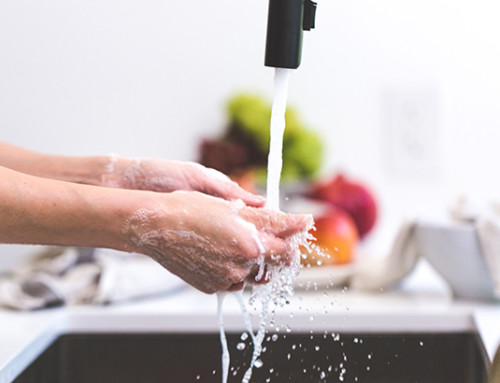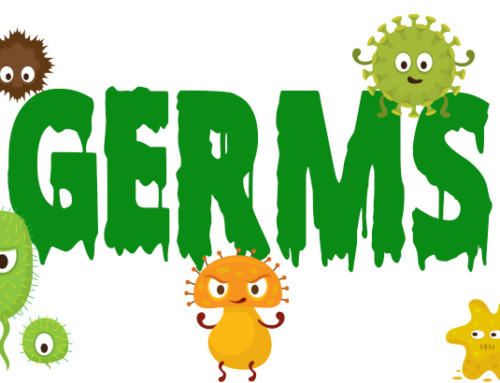When looking at our dipslides, people often ask us which one they should get. “What agar should I use?” “What does each agar grow?” “What is best for my application?” Like many of our answers to your questions, it really depends on the application and the results you are trying to achieve. But to help you make a decision, we’re going to take a closer look at each of the agars we offer. Today, we’re looking at R2A Agar!
A Brief History
R2A agar was developed in 1979 by Reasoner and Geldreich for bacterial plate counts of treated potable water. Potable water is also known as drinking water, or improved drinking water, i.e., water safe enough for drinking and food preparation.
As with all things science, as time went on, it was discovered that R2A agar could be used to culture other bacteria that will not readily grow on more nutrient-rich media.
Growth
 R2A agar is nearly colorless. It is a very light off-white colored medium. In addition to its use for bacterial plate counts of treated potable water, it can also be used to grow oligotrophic heterotrophs. These are organisms that thrive in low-nutrient conditions.
R2A agar is nearly colorless. It is a very light off-white colored medium. In addition to its use for bacterial plate counts of treated potable water, it can also be used to grow oligotrophic heterotrophs. These are organisms that thrive in low-nutrient conditions.
R2A agar is a low-nutrient medium, and when used in combination with lower incubation temperatures and a longer incubation time, it stimulates the growth of stressed and chlorine-tolerant bacteria. These stressed and chlorine-tolerant bacteria are often found in treated water.
Media that contain much more nutrients, like the Nutrient-TTC medium found on the other side of the NUT/R2A dipslide paddle, supports the growth of fast-growing bacteria. Those bacteria may suppress the slow-growing or stressed bacteria, and that’s why we need R2A agar.
Note that fast-growing bacteria may produce a smaller size colony on R2A agar than they would on a nutritionally rich media, such as Nutrient-TTC. That’s why Nutrient-TTC and R2A agars are a perfect dipslide paddle combination.
Although R2A agar was developed for testing potable water, we recommend you only test drinking water using standard methods (pour plate, spread plate, and membrane filter methods). Our dipslides are not sensitive enough to detect the necessary bacterial limits of drinking water. The NUT/R2A dipslide paddle is more commonly used for applications requiring detection of gross contamination, or applications with higher detection limits. For example, cooling towers use this paddle as one of their tests. It could also be used to test RV or boat water tanks.
R2A agar supports the growth of Escherichia coli, Enterococcus spp, Pseudomonas spp, Streptococcus spp, Staphylococcus spp, and others. It does not support the growth of most molds.
Incubation
R2A agar is best incubated at 35°C and examined for growth after 48 hours. It may need to incubate for another 24 hours, but it is best to check at 48. If incubating at room temperature, it should be left for 5 days. Check out our technical document for more information on our R2A dipslides, or to view a microbe identification chart with images of microbes grown on R2A agar.
That’s it for today’s micro-lesson. Hopefully, you now have a better understanding of how R2A agar works and what microbes it’s best used for.







Leave A Comment